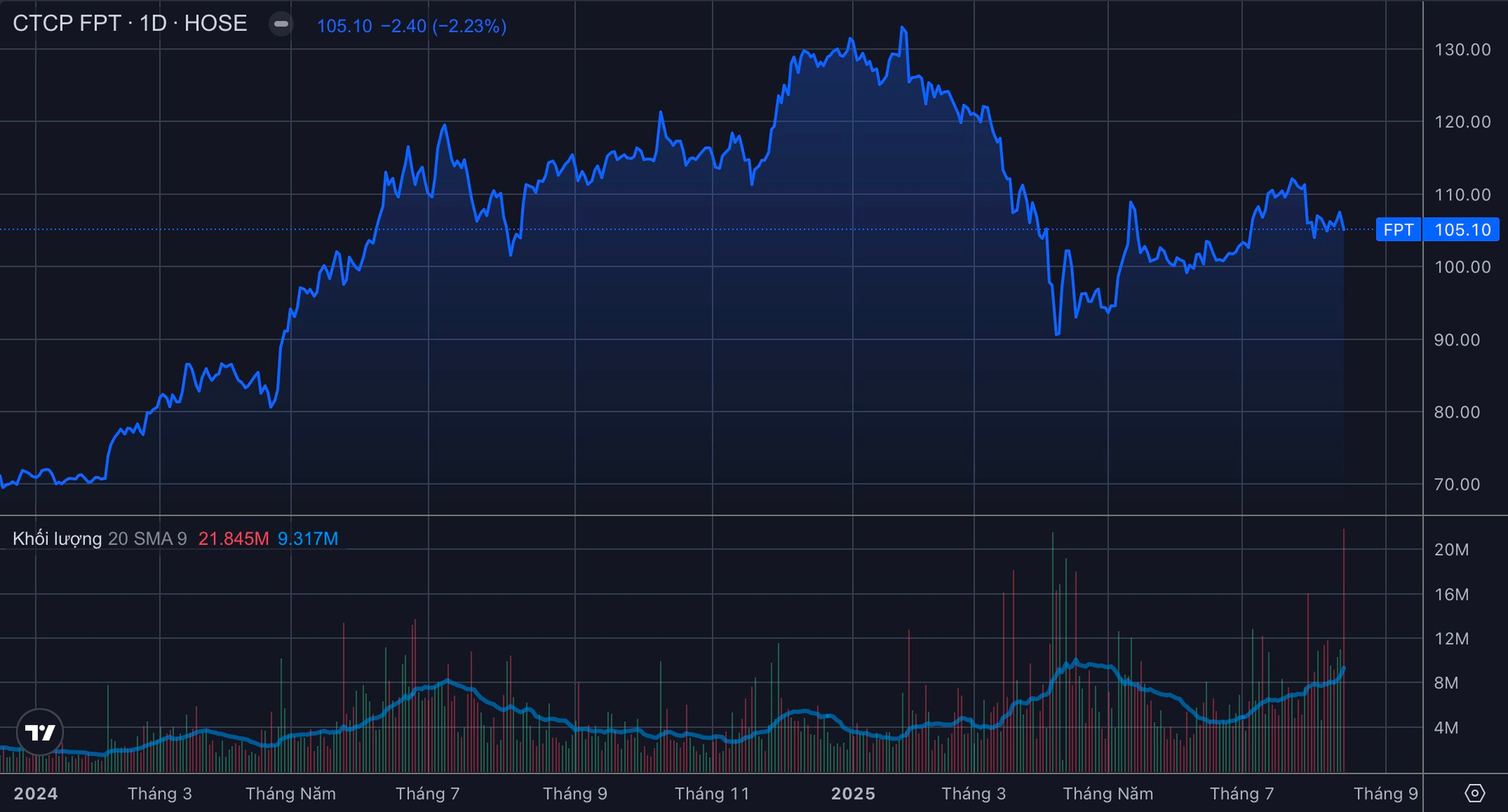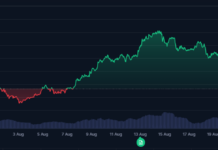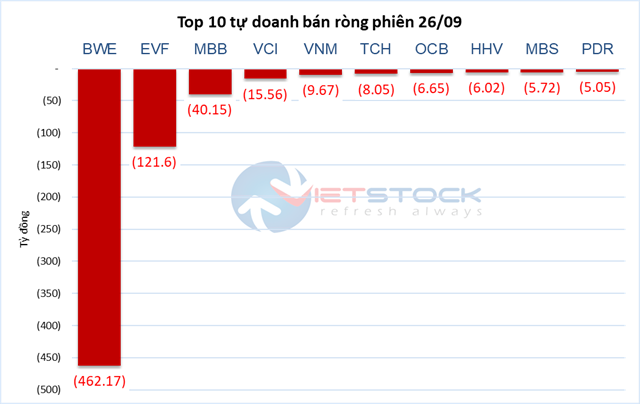FPT Stock Experiences Volatile Trading Amidst Foreign Selling Pressure

FPT stock witnessed a lively trading session with a record high volume of over 21.8 million matched orders, equivalent to a value of more than VND 2,300 billion. Sellers dominated, causing FPT to close 2.2% lower, settling at VND 105,100 per share. Since its peak in mid-January, the stock has lost 21% in market value.
The selling pressure primarily originated from foreign investors. On August 13 alone, foreign investors sold over 10 million FPT shares net, equivalent to a value of over VND 1,000 billion, a record for this stock. This marked the 16th consecutive session of foreign net selling, totaling VND 4,700 billion. As a result, FPT’s foreign ownership limit (“room”) expanded by over 160 million units (approximately 11%), the largest in many years.
The sudden increase in foreign selling followed FPT’s growth plan adjustment during an investor meeting on August 12. According to Vietcap Securities, FPT’s management presented a new base case scenario with a 15% revenue growth target year-over-year and an 18-19% profit growth target year-over-year, lower than the targets set at the Annual General Meeting of Shareholders (AGM).
In Q2 2025, the overseas information technology (IT) segment experienced a slowdown due to tariffs causing clients to defer spending, smaller contract sizes, and a shift in demand for AI utilization. The APAC region, particularly Singapore and South Korea, witnessed the most significant decline.
The utilization rate of AI factories in Vietnam and Japan is currently below 10%, falling short of expectations. Management acknowledged the challenge in achieving the target of $30-40 million in revenue for this segment in 2025 and has no plans for further investment. Weaker-than-expected demand is attributed to macroeconomic uncertainties, while negotiations tend to be prolonged due to clients’ thorough evaluation processes.
As a result, management foresees a risk of not attaining the total revenue target of $30-40 million for the AI business in Japan and Vietnam for 2025 but anticipates an improvement in demand in 2026. FPT does not plan to invest in new AI factories for 2025, given the current performance falling short of expectations.
Regarding the transfer of ownership in FPT Telecom to the Ministry of Public Security, FPT believes the likelihood of a merger with other units is low. They expect to maintain their ownership stake in FPT Telecom, although it remains unclear if they will still be permitted to consolidate financial results. Post-transfer, FPT Telecom may engage in certain government projects, but detailed information has not yet been disclosed.
The Top Stocks to Watch at the Start of the 14th of August
The stock market is a dynamic and ever-changing landscape, and keeping up with the biggest gainers and losers is crucial for investors. Vietstock’s statistical insights offer a glimpse into the rising and falling stocks, providing valuable information for those seeking to make informed investment decisions.
The Latest Directive on Social Housing in Ho Chi Minh City
The Ho Chi Minh City Department of Construction will be directly engaging with investors to address challenges and ensure smooth project execution. With a focus on timely completion, the department aims to establish a steering committee for social housing development in August 2025.
Top Stocks to Watch Ahead of the Bell on August 13th
The stock market has been on a rollercoaster ride lately, and investors are eager to identify the top gainers and losers. This [date] snapshot, brought to you by Vietstock, reveals the stocks that have soared and plunged in recent sessions. Get ready to dive into the data and uncover the stories behind these dynamic movements.
The Rebirth of Capital Square Danang
A luxury apartment project, funded by VinaCapital, was initiated nearly two decades ago with a substantial investment of hundreds of millions of dollars, yet it remained largely stagnant. However, when the project changed hands to a Vietnamese owner, it awoke from its slumber, with prices now surpassing 100 million VND per square meter.










































